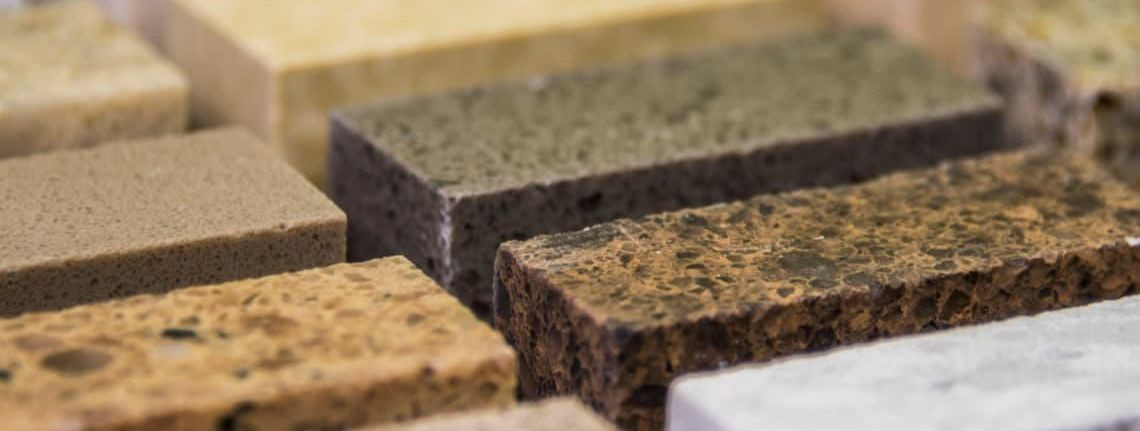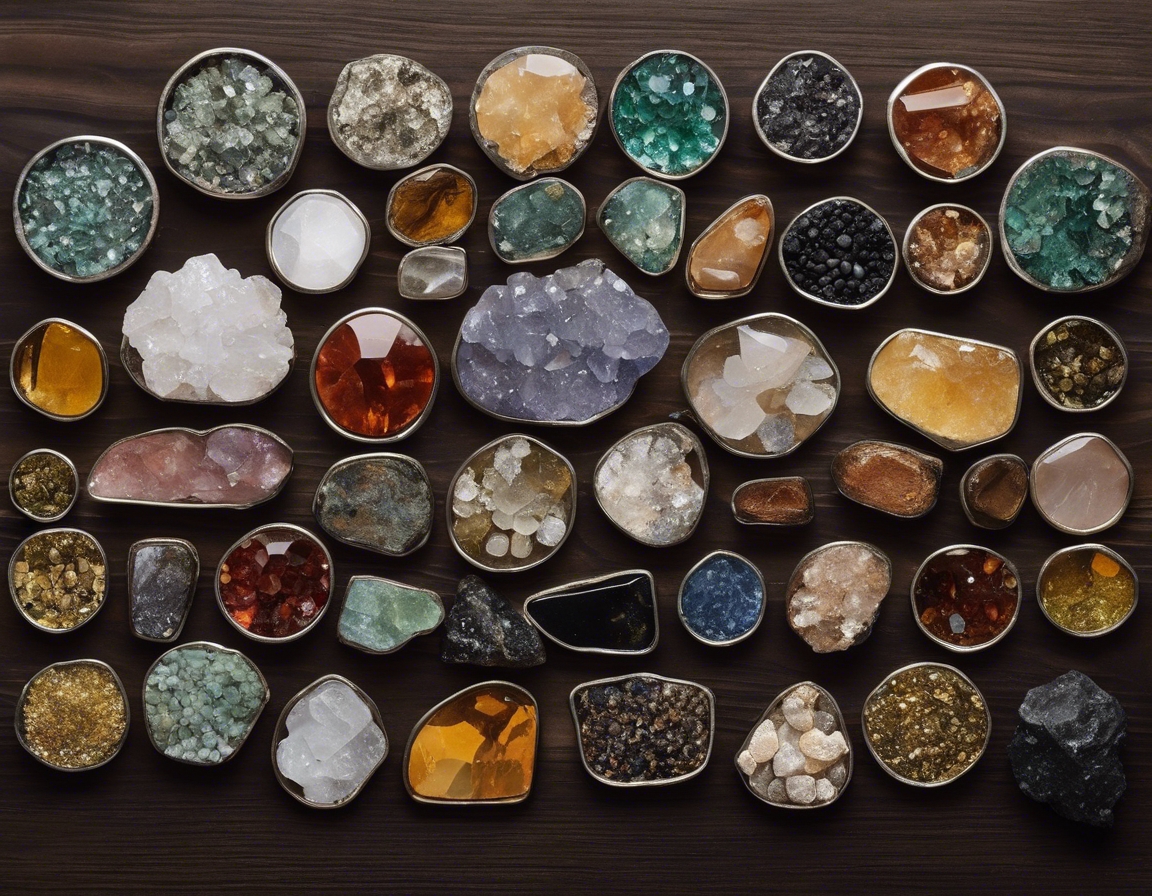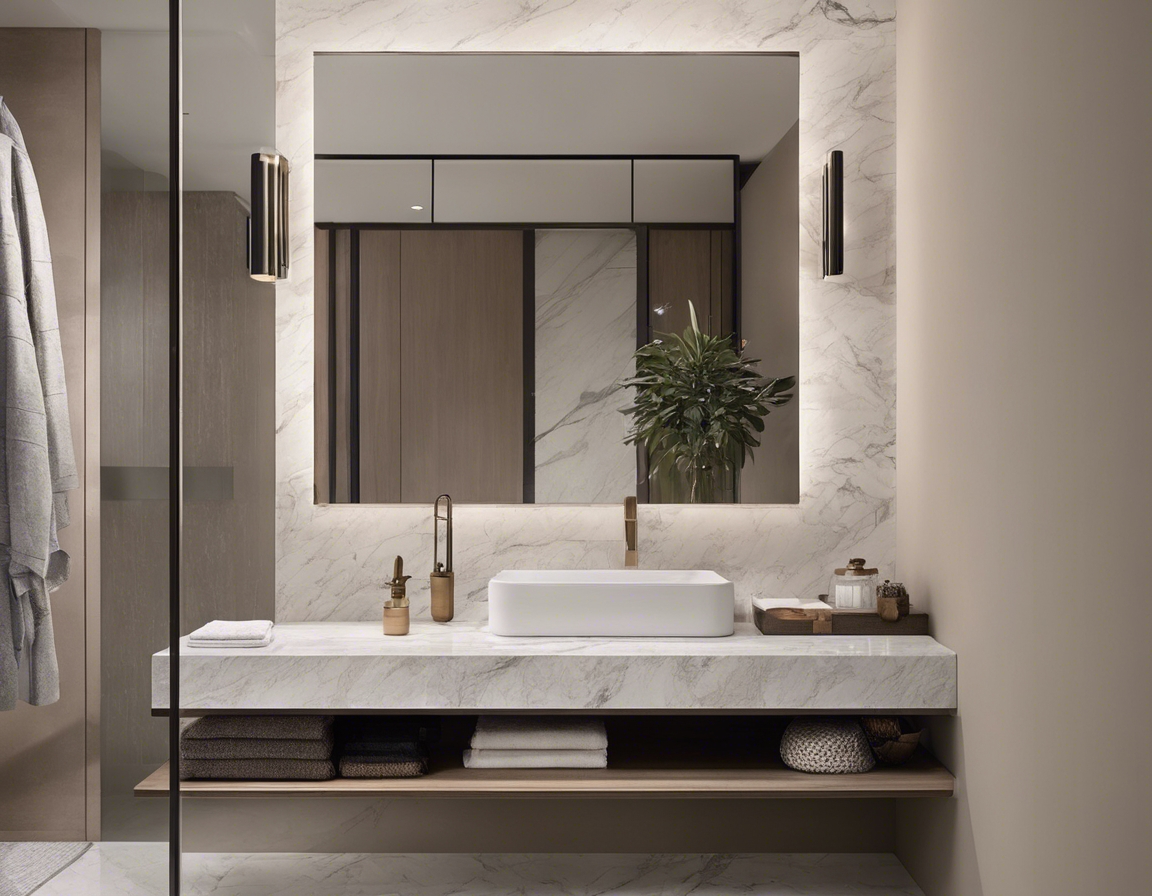Granite vs. marble: which stone is right for you?
Granite and marble have been symbols of luxury and longevity for centuries. From the ancient pyramids of Egypt to the Renaissance sculptures of Michelangelo, these stones have stood the test of time, showcasing their beauty and durability. In modern times, they continue to be popular choices for those who appreciate their natural elegance and robustness.
Today, granite and marble are used extensively in residential and commercial spaces. Their unique characteristics make them ideal for a variety of applications, including countertops, flooring, and wall cladding. As a reflection of personal style and a commitment to quality, these stones are sought after by discerning homeowners, interior designers, and construction companies.
Physical Properties of Granite and Marble
Granite is an igneous rock composed mainly of quartz and feldspar, known for its grainy appearance and speckled patterns. Marble, a metamorphic rock, is primarily made of calcite and features veining that runs through the stone, giving each slab a unique appearance.
When it comes to durability, granite is often the winner. It's less susceptible to scratching and chipping compared to marble. However, both stones require regular maintenance, including sealing, to protect against stains and etches.
Granite is less porous than marble, making it more resistant to staining. Marble, with its higher porosity, can absorb liquids and stain more easily if not properly sealed and maintained.
Design Considerations for Granite and Marble
Both granite and marble come in a wide range of colors and patterns. Granite offers more uniform patterns, while marble is known for its dramatic veining. The choice between the two often comes down to personal preference and the desired aesthetic for the space.
Finishing can greatly affect the look and feel of the stone. Polished finishes offer a glossy, reflective surface, while honed and leathered finishes provide a more matte and textured appearance.
The choice of stone can also be influenced by the space's lighting and size. Lighter colored marbles can brighten up a space, while darker granites can add depth and warmth.
Practical Applications in Home Design
Granite is often the go-to choice for kitchen countertops due to its durability and resistance to heat and scratches. Marble, while beautiful, may require more care to maintain its pristine condition in a high-use area like a kitchen.
Marble is a popular choice for bathrooms due to its luxurious look. It's perfect for vanities and flooring, creating an elegant and serene atmosphere.
Both granite and marble can be used beyond kitchens and bathrooms. They can enhance living spaces as fireplace surrounds, tabletops, and decorative accents, adding value and character to any room.
Cost Comparison and Value
The cost of granite and marble can vary widely based on factors such as origin, rarity, and size. Generally, marble tends to be more expensive than granite, but prices for high-end granite can also be quite steep.
Investing in granite or marble can add significant value to a property. Their timeless appeal and durability make them a wise choice for those looking to enhance their home's value.
High-quality stone countertops and features are often selling points in real estate transactions. Both granite and marble can increase the attractiveness of a home on the market.
Sustainability and Ethical Sourcing
The quarrying and processing of natural stone can have environmental impacts. However, with advances in technology and sustainable practices, these impacts can be mitigated. Choosing a responsible supplier is crucial.
NORDGRANIT OÜ is committed to ethical sourcing and sustainability. We ensure that our granite and marble products are sourced from quarries that adhere to environmental standards and fair labor practices.






Comments (0)